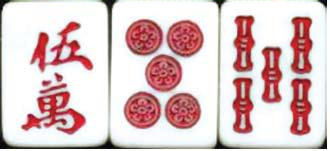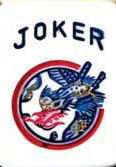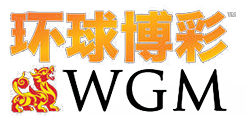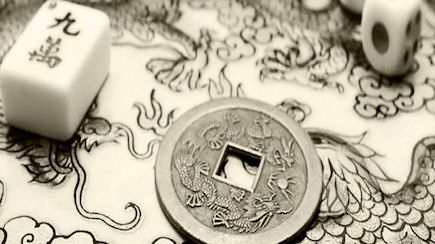This article first appeared in the May/Jun 2011 issue of World Gaming magazine.
Gemma from Reach Mahjong gives us a few tips on how to tell the differences between mahjong tile sets around the world.
Mahjong is a flexible game and new ways of looking at it are constantly being shared, adapted and rejected by players across the world. In previous articles we have shown that the rule sets of mahjong differ from country to country. Today we discuss the differences in the tiles used to play the game.
Over the years materials commonly used to make mahjong tiles include celluloid, Bakelite, wood and (very rarely) ivory. The basic symbols on these tiles are dots, characters and bamboo and these feature on all sets around the world. But other distinctive designs used in various countries can help you identify where a particular set originates.

Season tiles from a Hong Kong set
Flower tiles identify mahjong sets from the birthplace of the game, China, and they describe two sets of four tiles. The first set of flower tiles are floral designs representing four flowers – plum, orchid, chrysanthemum and bamboo – and the second set of flower tiles represent the four seasons (they are still known as flower tiles even though seasons have very little to do with flowers!) Singapore Mahjong adds a further four animal tiles. These animals come in pairs (for aesthetic reasons only) and the exact animals vary from set to set, but examples include ‘cat and mouse’ and ‘rooster and worm’). Vietnamese Mahjong also includes eight jokers – four red character jokers and four blue character jokers.

Japanese red fives
Japan generally omits the eight flower tiles and replaces them with red fives to accommodate a particular rule set found in Japan where red fives can contribute to hand points. Furthermore, the white dragon will simply be a blank tile. It doesn’t include the black border commonly found on the white dragon in Chinese sets.
North America enjoys a long history of organised Mahjong outside of the Chinese-speaking communities and accordingly its own take on the game. As the game developed in the US unique rules were adopted and they felt the need introduce different tiles into their sets. One of the most noticeable differences is the inclusion of joker tiles that can be used to replace any tile in a player’s hand. Other distinctions include using pictures of coloured dragons instead of the more common Chinese characters. This demonstrates how mahjong developed a culture outside American Chinese communities.

A joker tile
In Europe, where Mahjong is still a reasonably new game, there are fewer distinctions as most sets are imported from China or Japan. However, with their taste for novelty Europeans have started to introduce a few different tile sets. Gaining popularity is a rule set called ‘washizu’, which was adopted from a manga where a mostly transparent tile set is used . A second washizu tournament will be held later this year in the Netherlands.
New symbols create a unique flavour to the game and reflect the many cultures mahjong is played in. We can anticipate that tile sets and their symbols will continue to alter as a result of the cultural background and preferences of the players. Mahjong will continue to move with the times and continues to grow as the game of choice for many people around the world.







